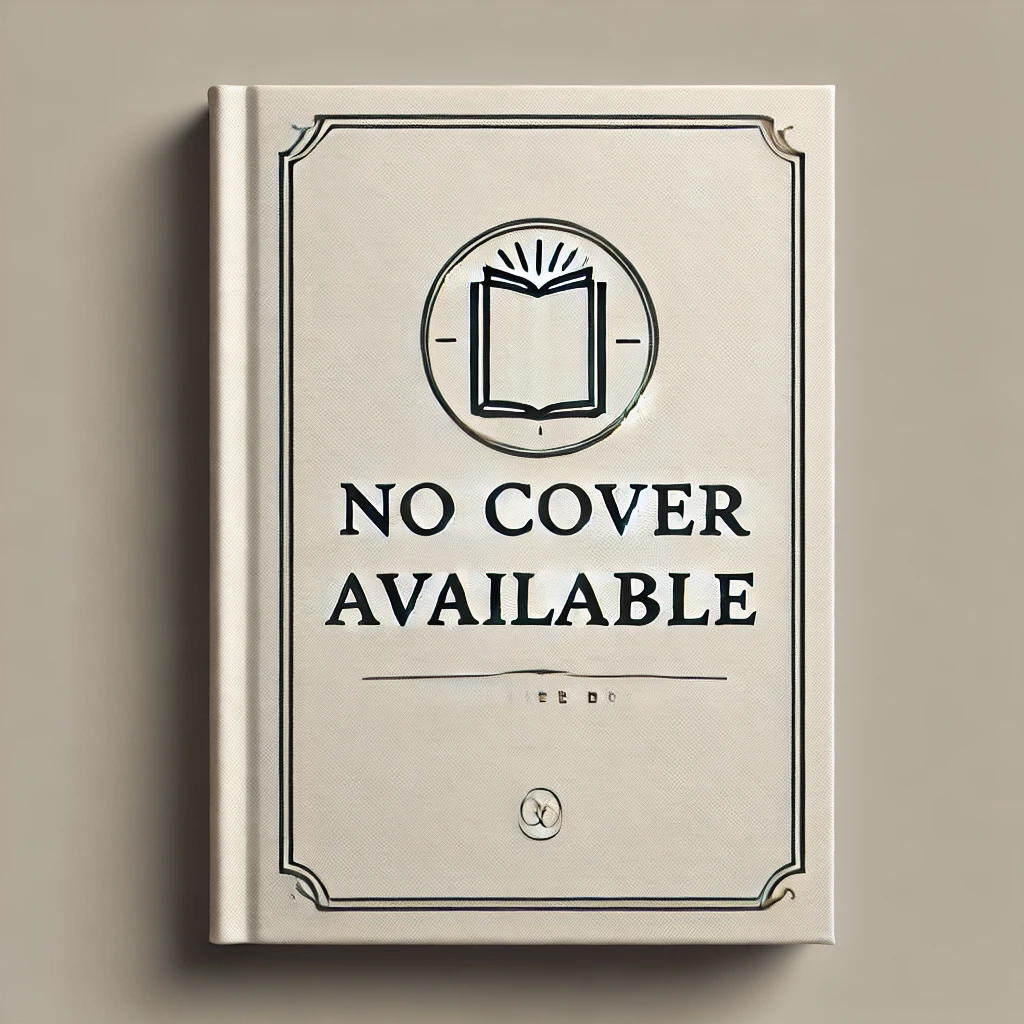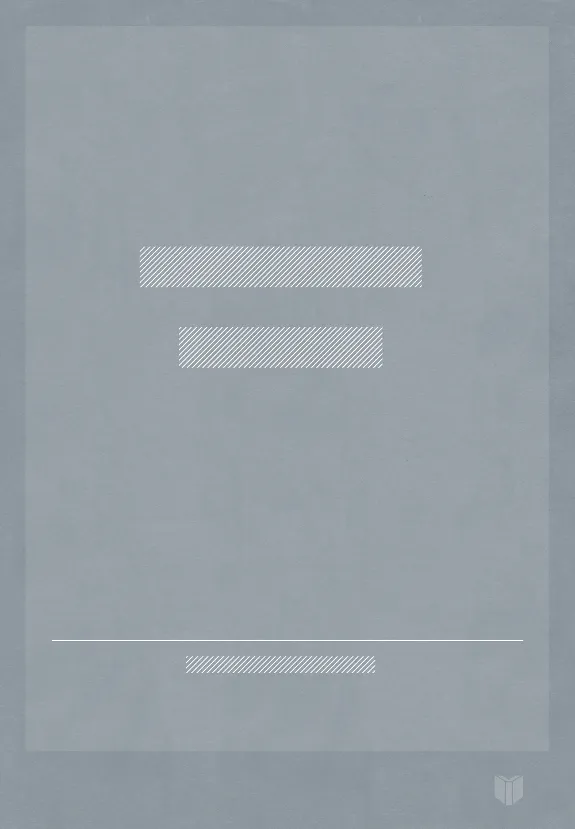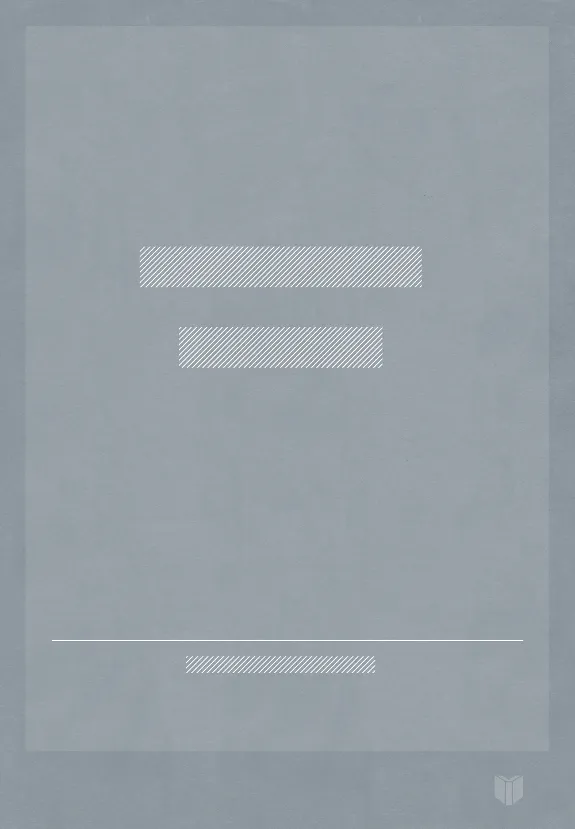Through the Looking-Glass, and What Alice Found There (also known as Alice Through the Looking-Glass or simply Through the Looking-Glass) is a novel published on 27 December 1871 (though indicated as 1872) by Lewis Carroll and the sequel to Alice's Adventures in Wonderland (1865). Alice again enters a fantastical world, this time by climbing through a mirror into the world that she can see beyond it. There she finds that, just like a reflection, everything is reversed, including logic (for example, running helps one remain stationary, walking away from something brings one towards it, chessmen are alive, nursery rhyme characters exist, and so on).
Lewis Carroll
Lewis Carroll, born Charles Lutwidge Dodgson, was an English writer, mathematician, and photographer best known for his children's novels "Alice's Adventures in Wonderland" and "Through the Looking-Glass." His literary style is characterized by whimsical wordplay, clever puns, and nonsensical logic. Carroll's contributions to literature include popularizing the literary genre of literary nonsense and creating iconic characters such as the Cheshire Cat and the Mad Hatter. His work continues to inspire generations of readers and remains a timeless classic in the realm of children's literature.




